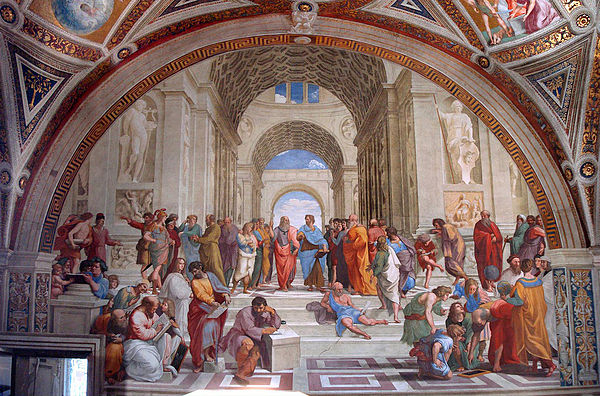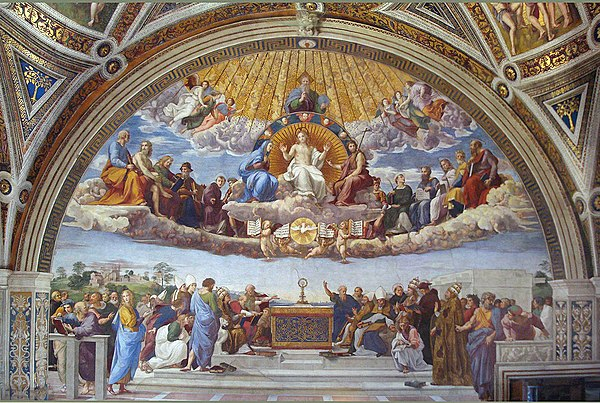The fresco sequence in the Raphael Rooms at the Papal Palace is Raphael's greatest work
Julius II and succeeding popes used the Raphael Rooms as their quarters. One of the most significant popes in history was Julius II. He rejected the current papal residences held by the notoriously dishonest Alexander VI Borgia, a pope he detested. Instead, Julius opted for accommodations on the palace's second story, above the Borgia Apartments. Raphael's test work captivated Julius. He gave Raphael complete control over the fresco decoration by handing it all up to him. The teenage Raphael had never created frescos this intricate, so it was a risky move.
Raphael was invited to Rome by Pope Julius II before the end of 1508 when he worked on a series of murals for a set of rooms in the papal residences at the Vatican. Raphael was up to the task. He prepared the frescoes in great detail with detailed sketches. Later, he made them larger and turned them into cartoons. Then, the cartoons were applied to the wet plaster. The vast fresco sequence that resulted is now recognized as the ultimate High Renaissance masterwork. The most well-known of Raphael's four frescoed rooms, Stanza Della Segnatura ("Room of the Signatura"), is known as the "Raphael Rooms" or "Stanze." It has four large paintings that represent philosophy, poetry, theology, and law, respectively. Raphael is credited with creating his greatest work, The School of Athens, which stands for philosophy.












